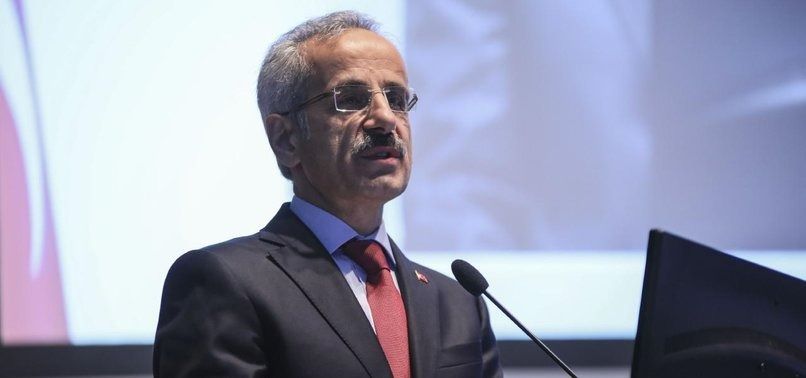The active use of the Trans-Caspian International Transport Route or the Middle Corridor as a fast and secure trade route is making a significant contribution to the sustainable development of landlocked countries, said Turkish Minister of Transport and Infrastructure Abdulkadir Uraloğlu.
Azernews reports that the minister made the remarks during a plenary session of the United Nations' Third Conference on Landlocked Developing Countries, held in Awaza, Turkmenistan.
Uraloğlu highlighted the challenges faced by landlocked nations, noting that the lack of direct access to the sea increases trade costs, reduces exporters’ profit margins, and limits access to global markets.
"In this context, Türkiye - situated at the crossroads of Asia, Europe, and Africa - is transforming into a strategic hub for global logistics by developing multimodal transport corridors," he stated. "The East-West Middle Corridor, which passes over the Caspian Sea, is emerging as an efficient and viable alternative for international trade."
The minister emphasized that the Middle Corridor offers a fast and secure transport solution, significantly supporting the long-term development goals of landlocked countries. He also pointed out that enhanced cooperation between customs services and simplified customs procedures could greatly boost trade volumes along the route.
"The active use of the Middle Corridor and the strengthening of international cooperation will be a major step toward increasing global trade efficiency and supporting economic growth in vulnerable regions," Uraloğlu added.
It should be noted that the Middle Corridor is a strategic trade and transport route that connects Asia with Europe, passing through several regional countries. It serves as an alternative to the traditional North and South Corridors.
Starting in China, the route passes through Central Asian countries such as Kazakhstan, Uzbekistan, and Turkmenistan. It then crosses the Caspian Sea, continues through Azerbaijan, Georgia, and Türkiye, and ultimately reaches Europe. The Middle Corridor offers a land-based connection between eastern Asia and Europe, bypassing longer maritime routes.

